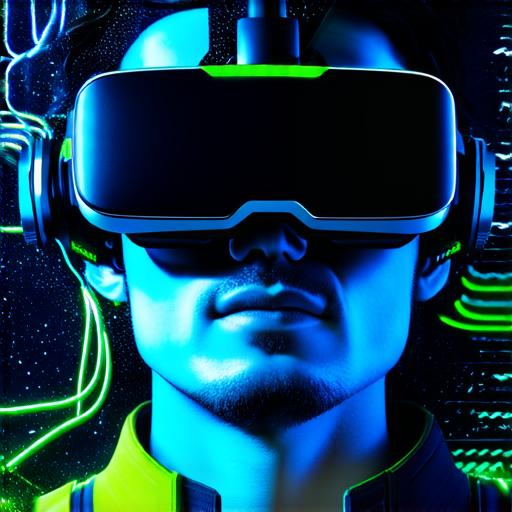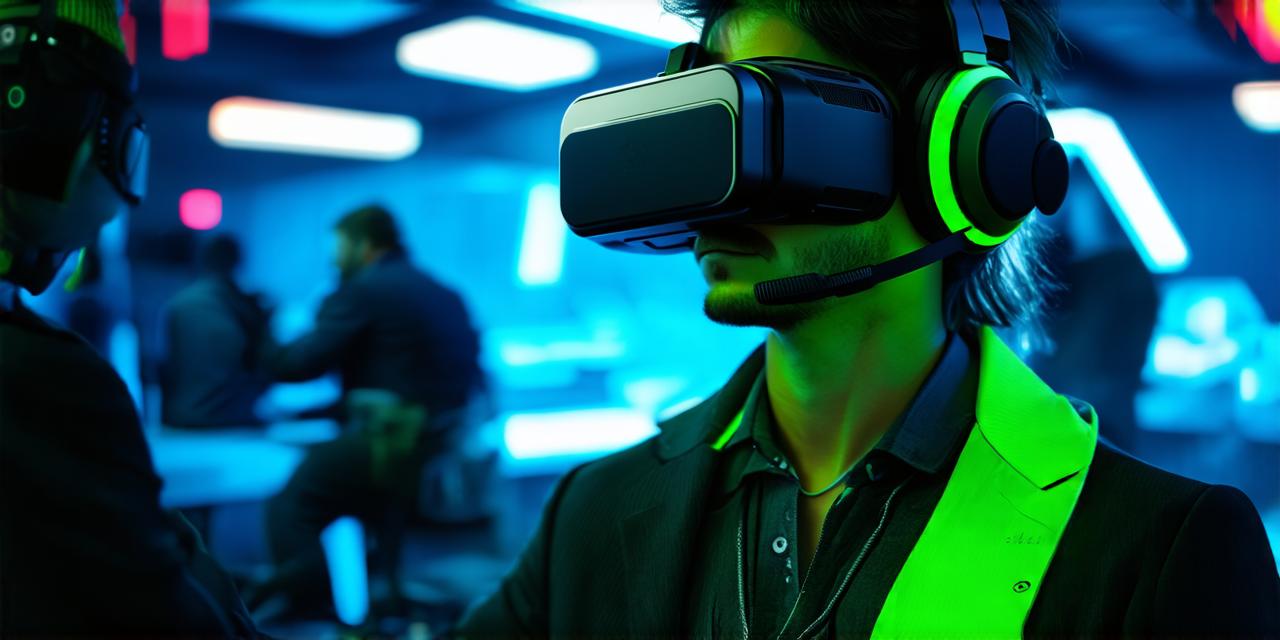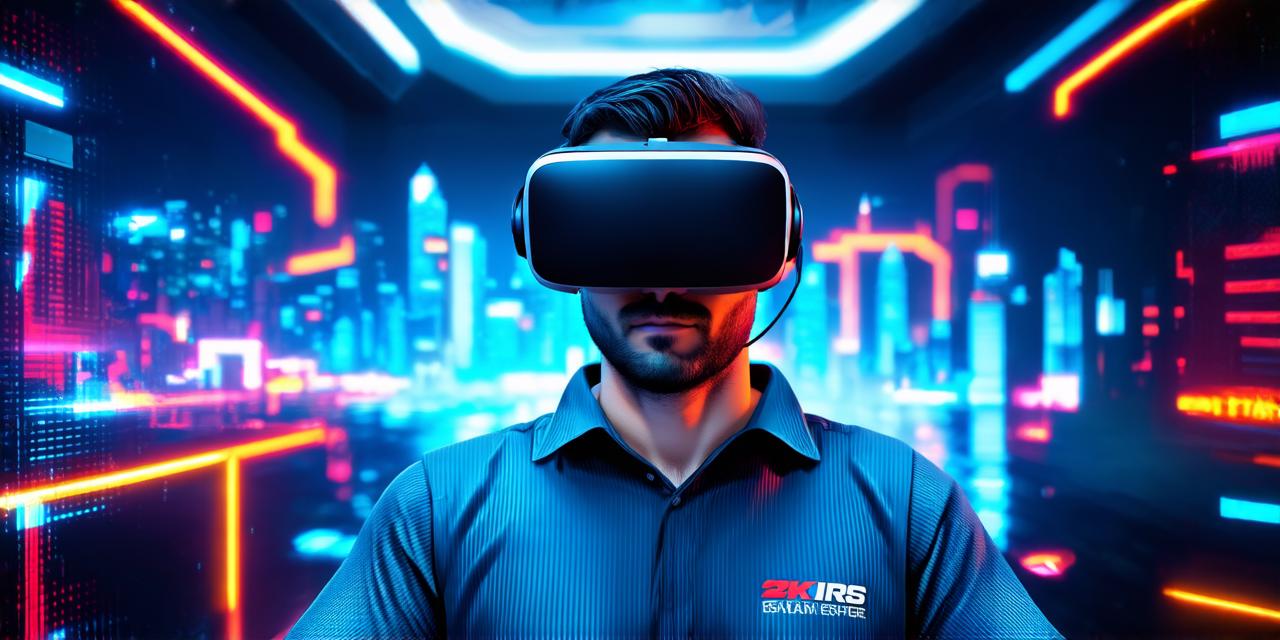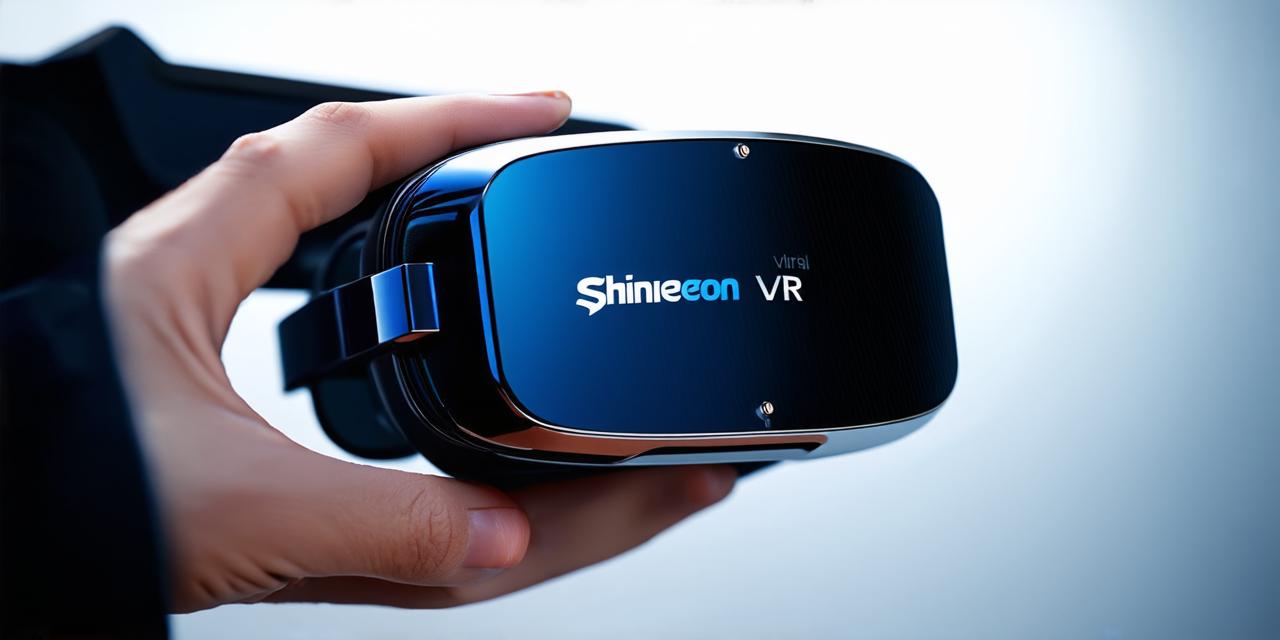Virtual reality (VR) technology is a computer-generated simulation of a three-dimensional environment that can be interacted with in a seemingly real or physical way. It has been around for several decades, but in recent years it has become more accessible and affordable, allowing more people to experience the immersive world of VR.
The Basics of Virtual Reality
Virtual reality works by creating a simulated environment that can be experienced through specialized headsets or other devices. These devices track the movement of the user’s body and head, allowing them to move and interact with the virtual world as if they were physically present. The most common way to experience VR is through a headset, which usually has a screen in front of each eye that displays a stereoscopic image. This creates an illusion of depth and distance, making the user feel like they are actually in the virtual environment.
The Hardware Required for Virtual Reality
In addition to a VR headset, there are several other pieces of hardware required to create a functional VR experience. These include:
- A powerful computer: The computer used to run VR software must be powerful enough to generate the graphics and processing power needed to create the virtual environment.
- Motion tracking sensors: These sensors track the movement of the user’s body and head, allowing them to move and interact with the virtual world in a realistic way.
- Controllers: Controllers are used to interact with virtual objects and perform actions such as grabbing, pointing, or shooting.
- Cameras: Cameras are used to capture the real-world environment and create a more realistic VR experience.
The Software Required for Virtual Reality
In addition to hardware, there is also software required to create a functional VR experience. This includes:
- Game engines: Game engines such as Unity or Unreal Engine are used to create the virtual environment and its objects.
- Scripting languages: Scripting languages such as C or Python are used to program the behavior of virtual objects and characters.
- Motion capture software: Motion capture software is used to track the movement of real-world actors and translate it into realistic animation for virtual characters.

Creating a Virtual Environment
Creating a virtual environment involves several steps, including:
- Modeling: The first step is to create 3D models of objects and environments that will be included in the VR experience. These models must be detailed and accurate to ensure that they look and behave realistically.
- Texturing: Once the models are complete, they must be textured with images or colors to give them a more realistic appearance.
- Lighting: Lighting is an important factor in creating a realistic VR environment. It can affect the mood and atmosphere of the scene, as well as the visibility of objects.
- Sound: Adding sound effects and music can help to further immerse the user in the virtual world.
- Testing: Once the virtual environment is complete, it must be thoroughly tested to ensure that it works as intended and is free of bugs or errors.
Summary
Virtual reality technology has come a long way in recent years, allowing more people to experience the immersive world of VR.



